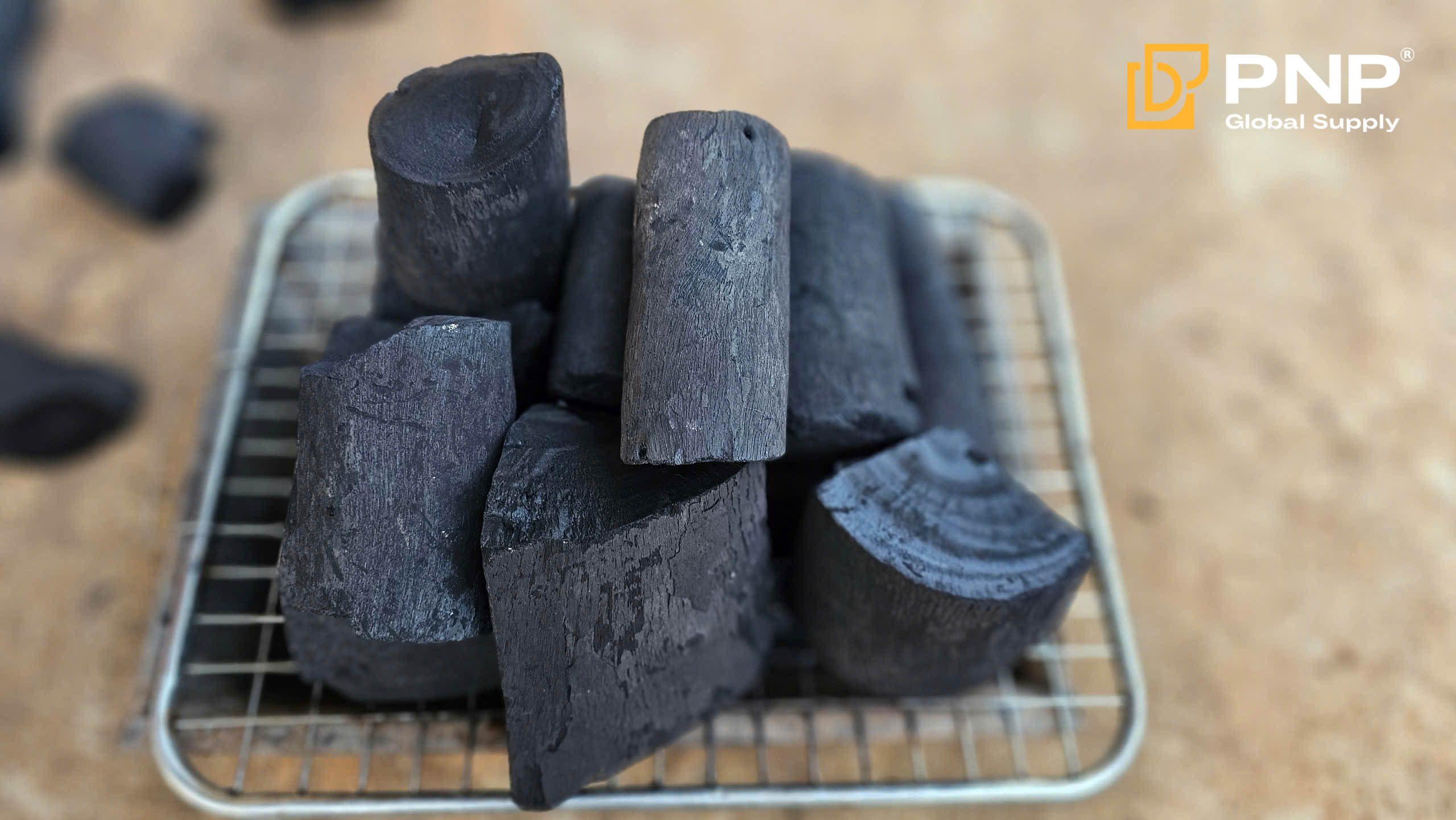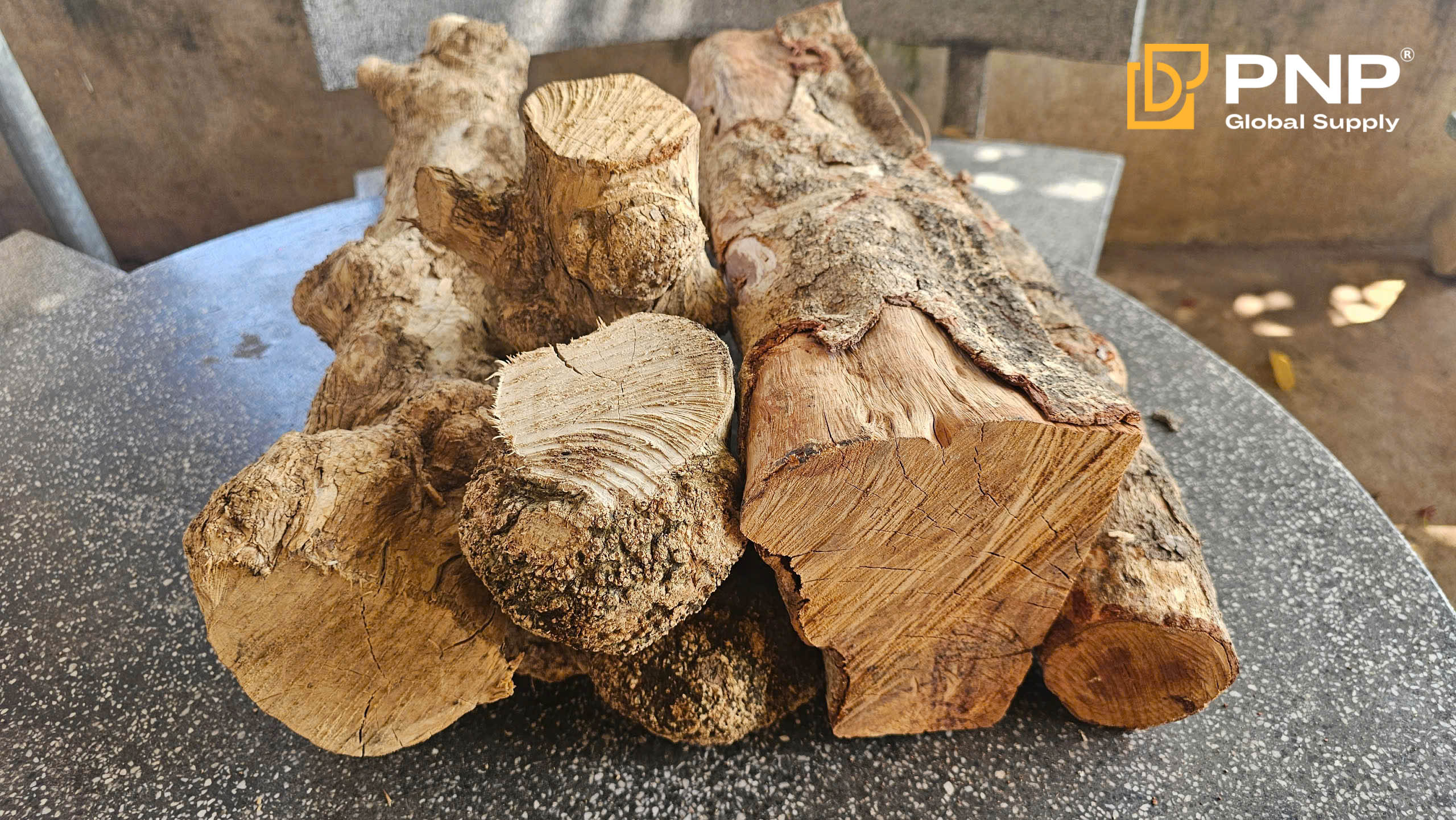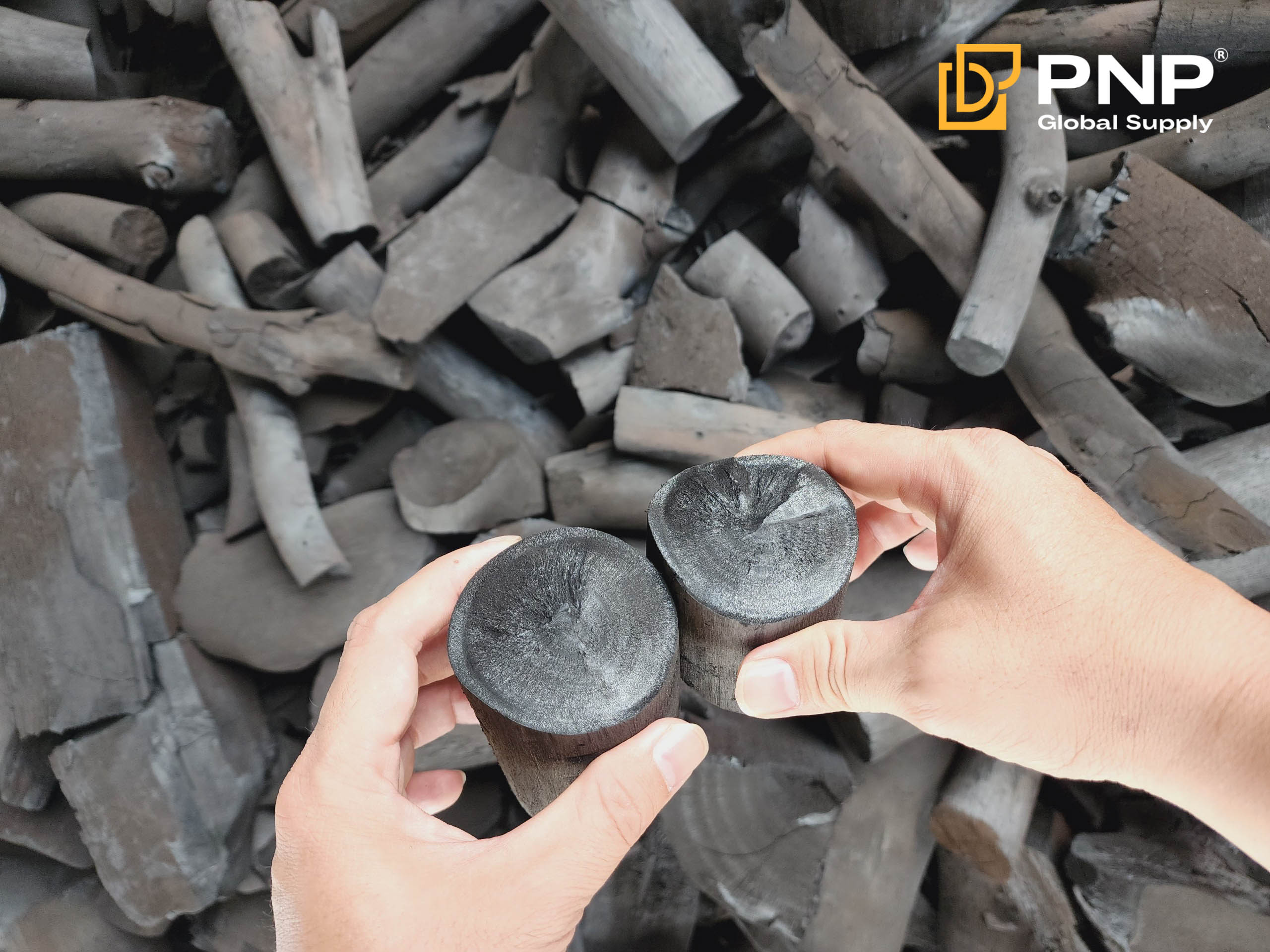Are you looking for a practical way to produce your own charcoal? Whether you want to reduce costs, grill with cleaner fuel, or explore a self-sufficient lifestyle, learning how to make charcoal at home is a smart move. In this guide, we’ll take you through everything from choosing the best wood to make charcoal to different charcoal making methods you can try safely at home.

Why Make Charcoal at Home?
Making your own charcoal may sound complicated, but it’s simpler than you think. People choose to make homemade charcoal for several reasons:
- It’s cost-effective
- You can control the quality
- It’s better for the environment
- It’s a great survival or DIY skill
Instead of relying on store-bought charcoal filled with additives, you can learn the making of charcoal using only natural wood and heat.
What is Charcoal and How is it Made?
Charcoal is a black, carbon-rich substance made by burning wood in a low-oxygen environment. This process, called carbonization, removes moisture, sap, and volatile substances from the wood, leaving behind almost pure carbon.
There are several charcoal making methods, but they all follow the same principle: heat wood while limiting oxygen to avoid turning it into ash. When done right, you’ll create high-quality lump charcoal—a clean-burning, efficient fuel for BBQ and more.
Best Wood to Make Charcoal
Choosing the right wood is one of the most important steps in how to make charcoal at home. The type of wood you use affects the burn time, heat output, and even the flavor when grilling.
Recommended hardwoods:
- Mangrove – Strong, dense, and long-burning.
- Coffee wood – Produces a smoky flavor ideal for grilling.
- Kaya – Clean-burning and easy to find.
- Eucalyptus – Popular in tropical climates.
- Longan or Lychee wood – Known in Asia for strong heat output.
These hardwoods are ideal if you want to make wood charcoal that is durable and low in ash. Avoid softwoods like pine or fir as they contain too much resin and burn too quickly. Dry, untreated hardwood is always the best wood to make charcoal.

Tools and Materials You’ll Need
Before starting the making of charcoal, prepare the following items:
- Dry hardwood (cut into chunks)
- Metal drum or steel container with a lid
- Firewood or scrap wood for external burning
- Lighter or torch
- Fireproof gloves
- Shovel or tongs
- Outdoor open space
These basic tools are all you need to make charcoal from wood at home.
Step-by-Step: How to Make Charcoal at Home
Follow this detailed method to make lump charcoal at home using a metal drum safely and effectively:
Step 1: Cut and Dry Your Wood
Select hardwood such as coffee wood, oak, or eucalyptus for best results. Cut the wood into small logs or chunks about 3–6 inches long. Ensure the wood is completely dry—preferably air-dried for several weeks—to reduce moisture content, which helps achieve better carbonization and reduces smoke.
Step 2: Load the Drum
Fill your metal drum tightly with the dried wood pieces. Pack the wood firmly to maximize the amount of charcoal produced but leave some small gaps or holes for airflow inside the drum. This balance is essential to allow gases to escape without letting too much oxygen in.
Step 3: Seal and Prepare for Heating
Place the drum lid loosely on top so that gases generated inside during carbonization can escape. Avoid sealing it completely as that would cause pressure buildup. Next, arrange scrap wood or kindling around the base of the drum to build an external fire that will heat the drum evenly.
Step 4: Start the Burn
Ignite the fire around the drum and maintain it consistently for about 4 to 6 hours. During this time, the heat causes the wood inside to undergo pyrolysis, breaking down into charcoal. You will notice thick smoke and gases venting from the drum’s openings—this is normal and indicates the carbonization process is underway.
Step 5: Cool Down
When the smoke reduces significantly or turns almost clear, the carbonization is nearly complete. Seal the drum tightly by closing the lid fully to cut off oxygen flow, then allow the drum to cool down naturally for several hours or overnight. Opening the drum while it’s still hot can cause the charcoal to ignite due to sudden oxygen exposure.
Step 6: Unload and Store
Once the drum is completely cool, open it carefully. You will find homemade lump charcoal—lightweight, black chunks that burn cleaner and longer than raw wood. Store the charcoal in a dry, airtight container to preserve its quality for future use.

Other Charcoal Making Methods to Try
Aside from the metal drum method, there are other traditional and modern ways to make charcoal at home:
- Earth Pit Method: Dig a hole in the ground, place the wood inside, cover with soil, and burn slowly. This is the oldest method but less efficient.
- Kiln Method: Use a brick or steel kiln for controlled burning. This method is common in small-scale commercial charcoal production.
- Retort System: A sealed chamber that heats the wood using an external source. It’s more eco-friendly but requires advanced equipment.
Each of these charcoal making methods offers unique advantages, depending on your space, tools, and desired output.
If you’re also interested in making charcoal briquettes at home, check out our next guide for a complete step-by-step tutorial on how to turn raw charcoal into compact, efficient briquettes: How to Make Charcoal from Sawdust
Tips to Make High-Quality Lump Charcoal
If you’re serious about learning how to make charcoal at home, keep these expert tips in mind:
- Use dry wood only. Moist wood leads to incomplete carbonization.
- Control airflow carefully to prevent full combustion.
- Don’t rush the process—slow burns make better charcoal.
- Avoid pressure-treated wood, as it contains chemicals not safe for burning or grilling.
Following these practices will help you make charcoal from wood that’s ideal for BBQ, home heating, and even gardening use.
And if you want a trusted source of clean, high-performance charcoal, choose pnpcharcoal for the best quality options available.
Conclusion
Now that you’ve learned how to make charcoal at home, it’s time to try it yourself. With the right materials, a safe setup, and the proper wood, you can easily produce your own lump charcoal that’s cleaner and more efficient than many store-bought options.
Whether you’re using it for grilling, heating, or just experimenting with DIY fuel production, homemade charcoal is a useful and sustainable skill. Choose the best wood to make charcoal, follow the steps carefully, and enjoy the satisfaction of producing something natural and practical—right from your backyard.
________________________________
Contact us for more information
Facebook: PNP Charcoal
Instagram: PNP Charcoal
Email: info@pnpglobalsupply.com




